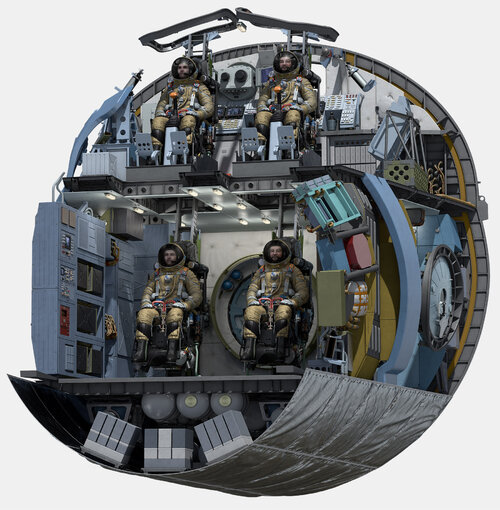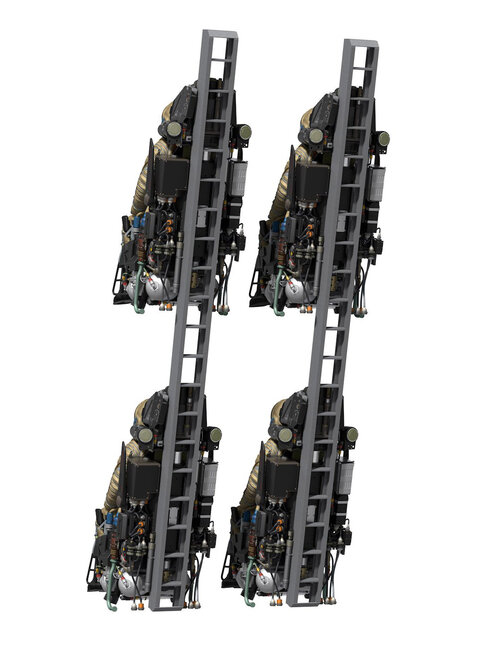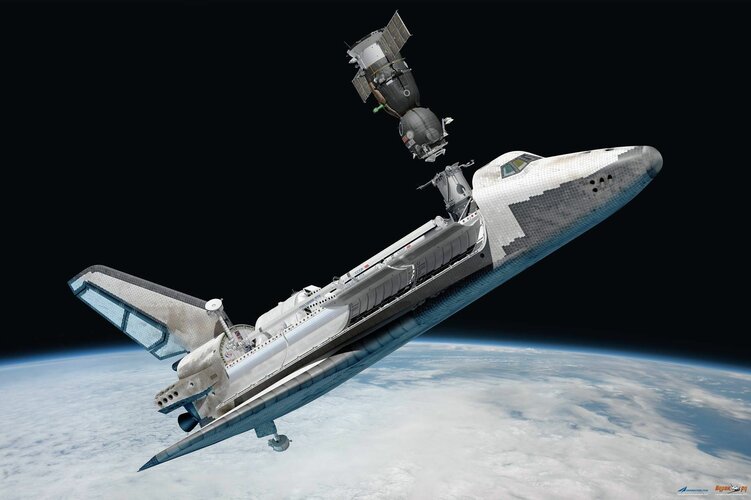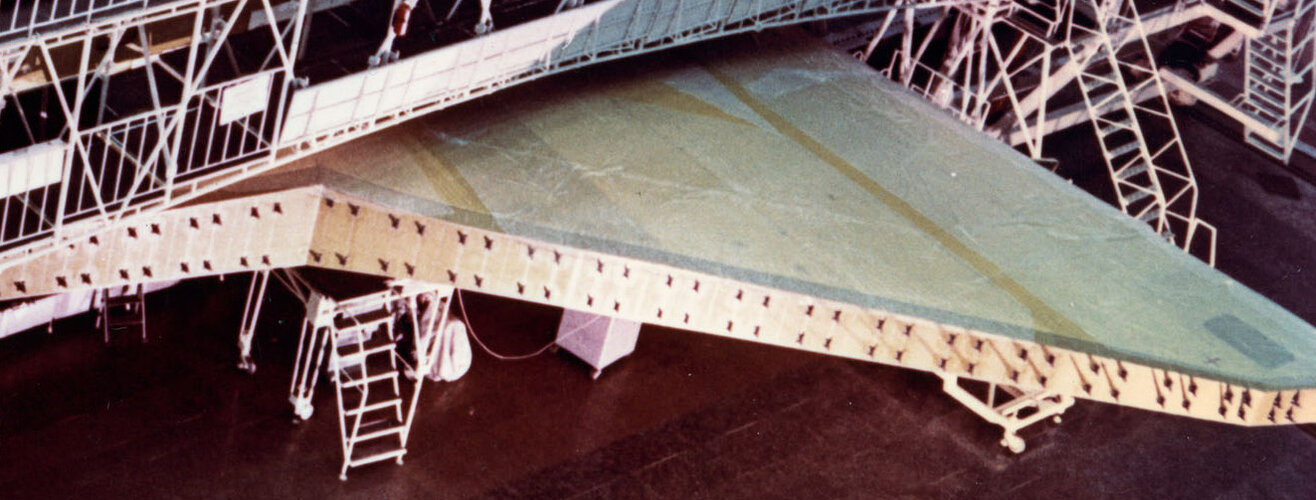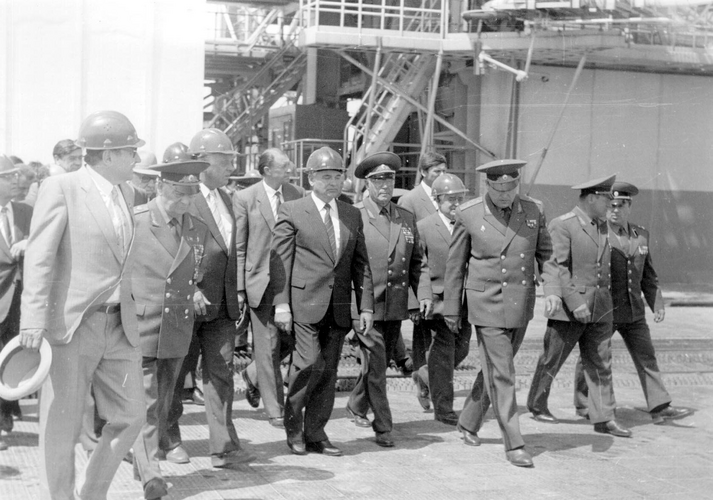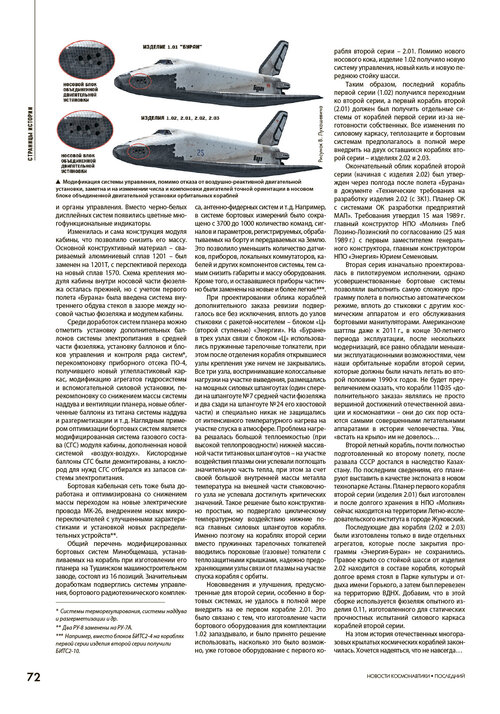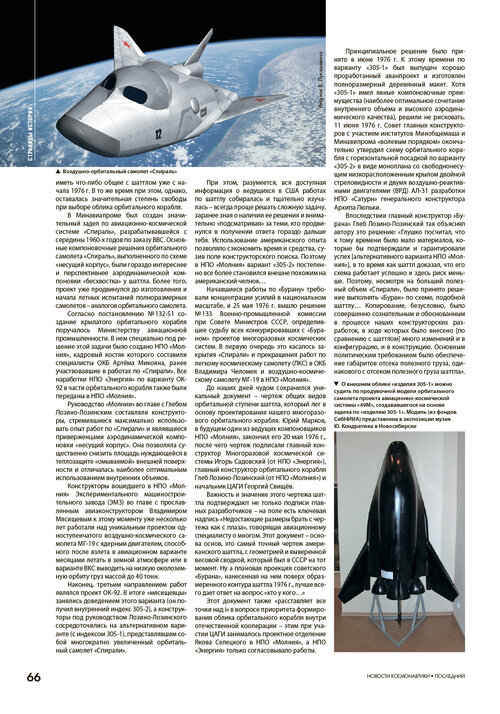Quite the opposite. Very knowledgable on both vehicles.
Ok, if we are talking about technical characteristics, then you are very wrong. But, unproven and unflown "technical characteristics" are meaningless. If a capability is not built or demonstrated (like solar arrays), then it doesn't count. There were many proposals to enhance the US, too numerous to list here but just as valid as the unbuilt 'technical characteristics" of Buran
a. the US shuttle mission duration could have been extended with solar panels. Unmanned flight of an orbiter is needless. Just deploy a cheaper satellite which can last even longer than 180 days.
B. "fuel reserve"? Of what system? It is a meaningless measure.
c. The aero plane change was never demonstrated, so not relevant. Plus since the only flight of Buran showed TPS issues, doubtful that it could survive such a maneuver.
D. Buran’s "automation". Don't make me laugh. Soviet computer technology and application to spacecraft is and still is woefully behind the US. The shuttle had more computation capability than Buran. The shuttle had more computers than Buran. The US just did not choose to automate certain tasks. And I know that Buran would not be able to "automatically dock with a manned station, deliver or remove a module with its manipulator, place it in its cargo compartment and land on Earth in a fully automatic mode". |
E. "missile and laser weapons on board" That is nothing but Cold War propaganda.
F. Cargo bay sizes are the same. As far as mass capability, another meaningless point, the additional capacity would have been wasted on structurally inefficient cargo. Soviet spacecraft use heavier construction than western spacecraft.
g. Wrong about the thermal protection. The first Buran could not have flown again.
h. The US shuttle could launch and return the declared masses of cargo".
i. The fact that the shuttle never did an unmanned landing is meaningless according to you. the shuttle has the "technical characteristic" to perform an unmanned landing but "not an achievements in real flights".
Yes, you can go on with the disinformation
a. I was in the USAF shuttle program office and was very knowledgeable about shuttle capabilities. I also was informed on Soviet space capabilities. I also worked the Shuttle-Mir program and early ISS missions and was able to talk with my Russian counterparts about Shuttle-Buran differences.
I was asked - if Buran started flying, would it be better than the shuttle? I answered yes. Based on what has already been implemented in its design. Load capacity, cargo compartment dimensions, autonomy, automation, etc.
There was no second or other flights - but ships with these characteristics had already been built.
According to proposals for improving the shuttle: it flew for 30 years, and everything that could be done on it was done, but what was not done could not be done.
Unmanned flight of an orbiter is needless? Tell this to the Challenger and Columbia crews and their families.
Plus since the only flight of Buran showed TPS issues, doubtful that it could survive such a maneuver - Columbia's first flight lost more tiles than Buran's first flight. In terms of maneuver, Buran was designed for it, it was created for it.
Regarding automation, you are very mistaken. The chips were worse, but the software, algorithms and level of automation were much better (at that time).
The shuttle could not make an automatic landing, and the justification for the losers is that it was not needed))
"And I know that Buran would not be able to "automatically dock with a manned station, deliver or remove a module with its manipulator, place it in its cargo compartment and land on Earth in a fully automatic mode")))", - automatic docking with the Mir orbital complex was in the program for the second flight - such is the price of your knowledge))
"missile and laser weapons on board" That is nothing but Cold War propaganda" - this is the reality of the technical requirements for Buran, implemented in its design
“Cargo bay sizes are the same,” - the dimensions of the shuttle’s cargo compartment are 18.3 x 4.6 meters, Buran’s are 18.55 x 4.7 meters.
The carrying capacity of the Shattle into an orbit with an inclination of 28.5 degrees is 29,500 kg, Buran - 30,000 kg in an orbit with an inclination of 51.6 degrees. The shuttle can return cargo weighing 14,500 kg from space, Buran - 15,000 kg
"Soviet spacecraft use heavier construction than western spacecraft", - The mass of the empty shuttle when launched into orbit is 98000-99000 kg, (STS-1), when landing it is 89000-88000 kg. The mass of an empty Buran during flight during launch into space is 79,400 kg, during landing 72,000 kg.
The shuttle's dry weight is 68,040 kg, Buran's is 65,000 kg.
As you can see, you are wrong here too))
"...the shuttle has the "technical characteristic" to perform an unmanned landing but "not an achievements in real flights", - thank you, it was funny.
“Yes, you can go on with the disinformation”, - is a very convenient position when you cannot object to anything specifically.
As for me - I am a Ph.D. in aviation, and worked as a designer at NPO Molniya, which developed Buran, and I know Buran very well and its advantages over the shuttle.
The shuttle was created as a system in constant bickering between NASA and the Ministry of Defense, and Buran was immediately created against the shuttle with the main task - to be better
